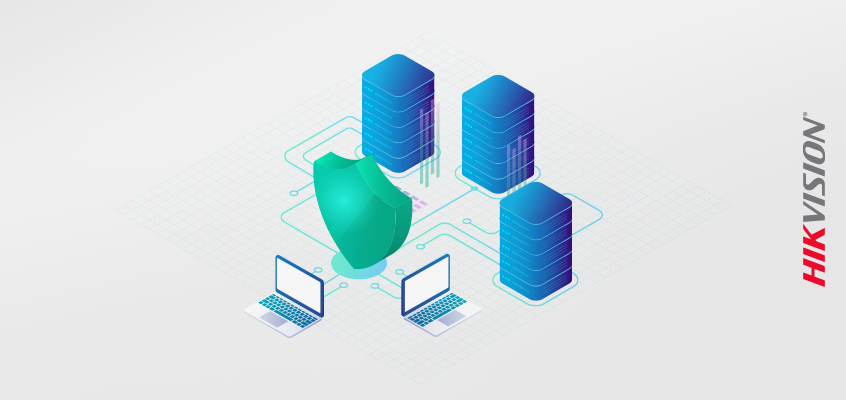Study Finds Cybersecurity and Data Privacy are Top Security Concerns
Hikvision Cybersecurity Director Provides Tips to Reduce Cyberattacks and Security Concerns
The 2019 Definitive Corporate Compliance Benchmark Report found cybersecurity and data privacy are organization’s top ethics and compliance (E&C) security concerns according to the Security magazine article, “Cybersecurity, Data Privacy Are Top Concerns for Enterprises.”
The research surveyed almost 1,000 respondents from global companies of various sizes and vertical industries.
From the article: “Data security and privacy [security] breaches have become a daily worry for most organizations and research shows that most organizations have poor cybersecurity defenses and abundant amounts of unprotected data, making them easy targets for attacks and data loss. But, only two thirds of organizations are managing policies and conducting training in cybersecurity, data privacy and confidential information, likely due to flat budgets. Additionally, many organizations believe their board members are not a source of risk for cybersecurity issues and that they understand the problem well enough to avoid missteps.”
Additional report findings include:
- 71 percent of respondents offer an anonymous reporting channel.
- 46 percent of respondents have implemented third-party due diligence programs.
- 85 percent of those surveyed use automated solutions to prevent violations.
“One key objective for successful E&C programs is to create and sustain an ethical workplace culture. Initially, this means detecting, preventing, and addressing misconduct within the organization. To achieve this, many begin with a few core elements (e.g., training, policy management and an incident reporting system), then add components once the program becomes more mature and demonstrates its value. Among the findings in this report is that program automation is viewed as a key driver that accelerates program maturity and, by extension, performance and success. In fact, among those who view their company as highly ethical, the vast majority automate some or all of their compliance program functions,” according to the report.
Hikvision Cybersecurity Director Provides Tips to Reduce Cyberattacks and Security Concerns
Hikvision’s cybersecurity director, Chuck Davis, outlined tips to reduce cyberattacks and security concerns in network security, user security and system administration in this blog.
In the blog, Davis advocates the practice of "defense in depth," an approach to manage risk using diverse defensive strategies: “It’s based on the idea that multiple layers of defense will provide additional protection against a potential cyberattack. This includes network segmentation, which simply stated means splitting a network into separate networks that are isolated, not connected, and compromising one won’t compromise the others. For example, finance, human resources and security should each have dedicated networks.”
Here are five tips from the article on ways to improve user security:
- Always change default user ID and password credentials.
- Be sure that each user has their own user account.
- Be sure that users only have access to resources they need. Don’t make everyone an administrator (principle of least privilege, again)
- Do not re-use passwords.
- Create strong passwords.
For insights on creating good passwords that are difficult to hack, check out “Hikvision Cybersecurity Director Outlines 3 Rules for Creating Good Passwords to Reduce Security Concerns and Hacking Risks.” Davis outlined the rules to creating good passwords so you can reduce security concerns and the risk of being hacked.

